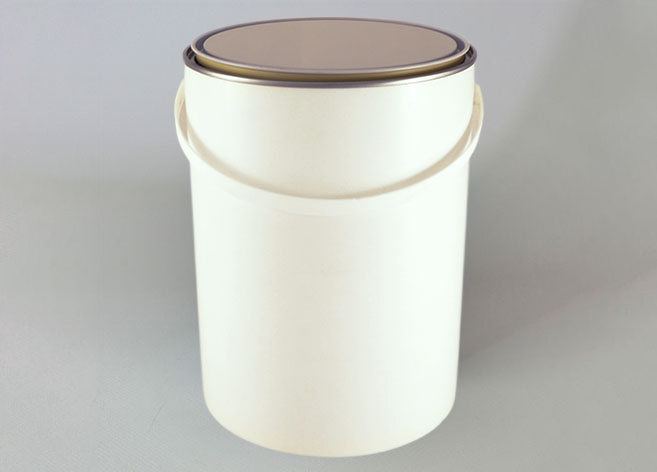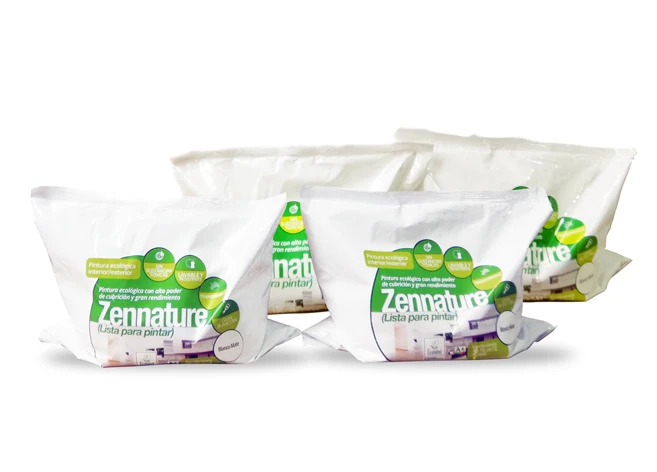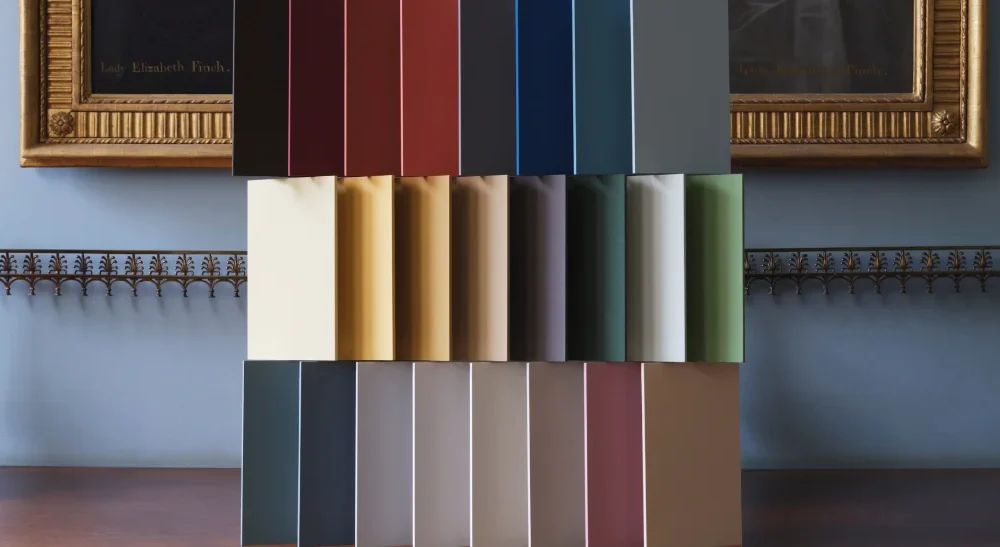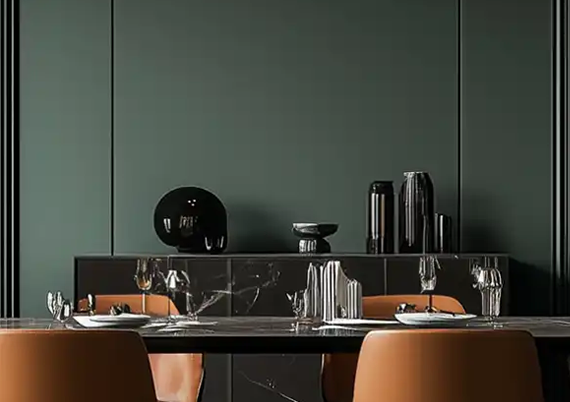Discover our English Heritage Colour Collection – inspired by historic properties and timeless design. Visit, explore, and find your perfect shade.

The evolution of paint packaging
Paint is a product that requires specific packaging properties for its conservation, and more so in the case of ecological Graphenstone paints. The paint is usually packaged in Metal or Plastic buckets since they are the most useful materials for this purpose thanks to their lightness and resistance. Being sustainability and ecology pillars of our philosophy of how we see life, it would make sense to ask ourselves an obvious question: Does it make sense to sell ecological paint in plastic cans? In this article we are going to develop the answer.
Plastic and its controversial relationship with sustainability
Plastic is such a cheap and versatile material that we can find it anywhere, in almost any packaging. But the use of plastic has been questioned in recent times because of its long life, a plastic shopping bag can take 150 years to biodegrade! This makes it a product, a priori, not very sustainable, since it is not difficult to realize that there is a large accumulation of plastic waste on the planet and that it negatively interferes with the environment. Who has not heard about the plastic islands?
However, this does not mean that you should stop using the plastic until its disappearance. Plastic is a resistant, flexible, light material that is very useful in a myriad of disciplines. In addition, it is a highly branched material when we talk about its manufacture, since we can find 100% recycled and recyclable that support the 3 Rs of sustainability, Reduce, Reuse and Recycle. It’s all about reducing the use of plastic, how can we do it? Making it reusable, manufacturing the container with recycled plastic and recycling it in the future. In this article we are going to explain the evolution of the paint packaging material that we have used in Graphenstone from the early beginning.
The history of plastic and packaging
We start from the virgin polypropylene until the ecological bags for packing the paint in our “Box ready to paint”. This evolution has always followed the main pillars of the company: selling paint with containers that have the lowest carbon footprint possible. We are focus on changing the way of working and thinking in the paint market, a market closely related to a negative element such as microplastics. Therefore, we have always worked with products whose impact on the environment in microplastics is zero.
At Graphenstone we started by using virgin polypropylene. A thermoplastic that has great resistance to high and low temperatures, as well as weight. This material is very common for the packaging of paints, due to its insulating capacity and its resistance. But this material in the end is a plastic that has been produced from scratch so it is not the most sustainable way we can choose.
This is when recycled Polypropylene comes in, a plastic that shares the same properties as the “virgin” one but made with recycled plastics. This is when the PCRs enters, for those of you who do not know what it is, we will give you a quick summary. Plastics usually contain polyethylene terephthalate (PET) resin, which, after a recovery process, can be reused. Recycled PET is known as PET PCR (PCR stands for Post Consumer Recycling). In the beginning, we used a Polypropylene with a PCR of 80% (80% recycled and recyclable plastic) and currently we use packaging that already has a PCR of 100%.


We also find alternative packaging whose properties also combine resistance with sustainability. We speak for example of the Hybrid containers. These containers are made of a combination of materials that are the polypropylene already named, with a metal lid, which improves the hermeticity of the product. This makes this container a hybrid between plastic and metal, which makes it more reusable than the previous ones and therefore more sustainable.


Graphenstone and the biodegradable packaging
We have already talked about different containers, but in the end they all started from the same pattern, they are recycled plastic buckets/cans, which in the end have a strong footprint when we no longer need it. It is time to speak about the great innovation of Graphenstone: the paint in the “Ready-to-paint-box” is packaged in bags. What is special about these bags? Its main value is that it is made with a minimum percentage of plastic compared to cans. It can be strange to see the paint packed in bags, but in addition to its sustainability, its pouring into the paint container is easier. This is a giant step on our journey to packaging sustainability. In our path to sustainability there are already plans for the bags to be biodegradable soon.

 Bag packaging
Bag packagingIn conclusion, Graphenstone provides an ecological paint, without microplastics, packaged in recycled and recyclable containers and in bags. There is still a long way to improve for the sake of sustainability of the product and packaging. The ready-to-paint box is just one more step towards sustainability for those to come.










Comments (0)